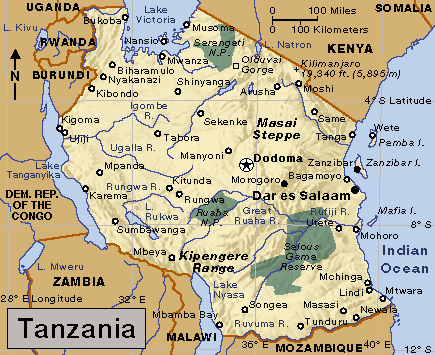Olduvai Gorge, on the Serengeti Plain in northern Tanzania, is an important source of fossilized bones of prehistoric human beings. The gorge is a Y-shaped canyon about 30 miles (50 kilometers) long and as much as 330 feet (100 meters) deep. Over the past 2 million years, geological processes have produced seven sediment layers, called beds, at the site—four major layers beneath three thinner ones. Prehistoric human beings and other animals that lived there were preserved as fossils as the layers accumulated. Over time, seasonal water runoff from the Olduvai River and wind erosion carved the gorge out of the sediments, exposing the fossil bones at the surface.

German scientists discovered and explored the gorge in the early 1900’s, but World War I (1914-1918) interrupted their work. In the 1930’s, the British anthropologists Louis and Mary Leakey began exploring the gorge. In the early 1960’s, they found fossils of early human ancestors called Homo habilis. This species is considered by most anthropologists to be one of the earliest types of human beings. The fossils, found in the lower beds, are nearly 2 million years old. Simple stone tools and fossil animal bones with butchery marks made by the sharp edges of stone tools were also found. Today, excavations at Olduvai Gorge continue to yield important fossils of prehistoric human beings.
See also Homo habilis ; Leakey, Louis Seymour Bazett ; Leakey, Mary Douglas .
